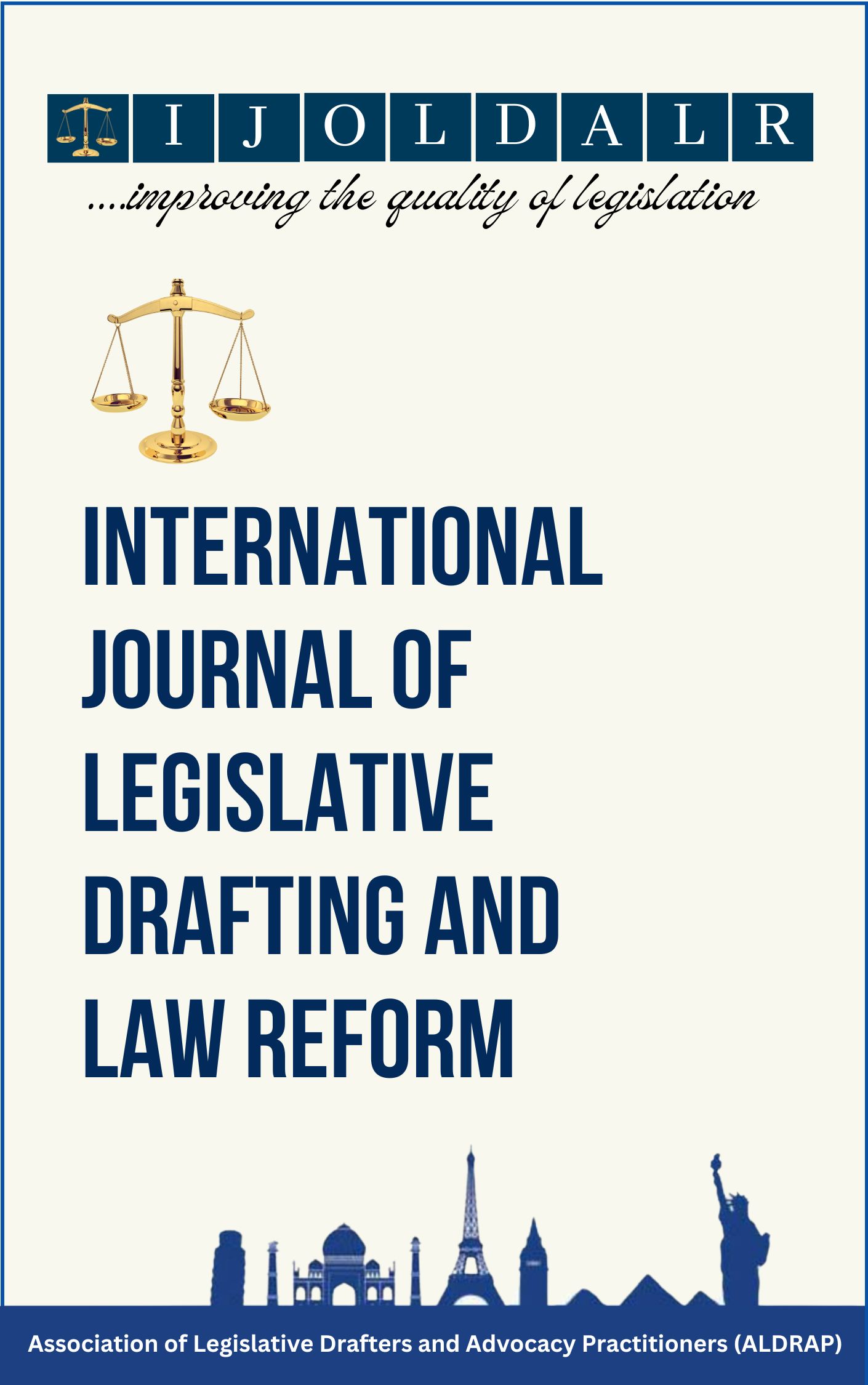Abstract
Legislation, as the author explored with its etymological reference, seems lawmaking- albeit in course of a technicalprocedure- which constitutes the crux of his contention. In (t)his treatise, the author grapples with theory and practice of legislative procedure in their nitty-gritty and thereby offers juridical issues and challenges involved therein.
In his threedecades of law teaching career,this is the third attemptsince its first publication in the year 1994, the author attempts to unearth the hidden world of legislation and its workingfor the public good- as postulated by Jeremy Bentham’s treatise on legislation.
In its present form, this third edition of the book is dividedinto three parts,
e.g. Part I which consistsof principles of legislation, Part II which consists of legislative drafting and, last but not least, Part III which consists of several pieces of technicallegislative instruments includingfew meta-instruments to complement and supplement preceding parts of the treatise.
For ease of understanding, Part I of the book is enlargeddue to introduction of newer principles of legislation in addition to existing ones. Also, the author has had reasonsof his own which contributed to the weight of his work. Another reason is Also, the author has included new materials based on his instrumental role in the founding and contribution to a new law journal: International Journalof Legislative Drafting and Law Reform, his contributions in this regard has now been includedthe same into latest edition of his book.
In third edition,for instance, an altogether new chapter has been added, this chapter is meant to introduce his foreign audienceto the Indian perspective on legislative drafting and law reform. Thus, whether and how far chapter thirty six176 is new to Indian readership may pose a moot point. In defence of thisn inclusion, however, there are valid points: (i) a book is not meant for national readership alone and (ii) even nationalreadership deserves learningof national position from his perception. Furthermore, the author has included two others



 National Library of Nigeria
National Library of Nigeria.jpg) Association of Nigerian Authors
Association of Nigerian Authors Nigerian Library Association
Nigerian Library Association EagleScan
EagleScan Crossref
Crossref